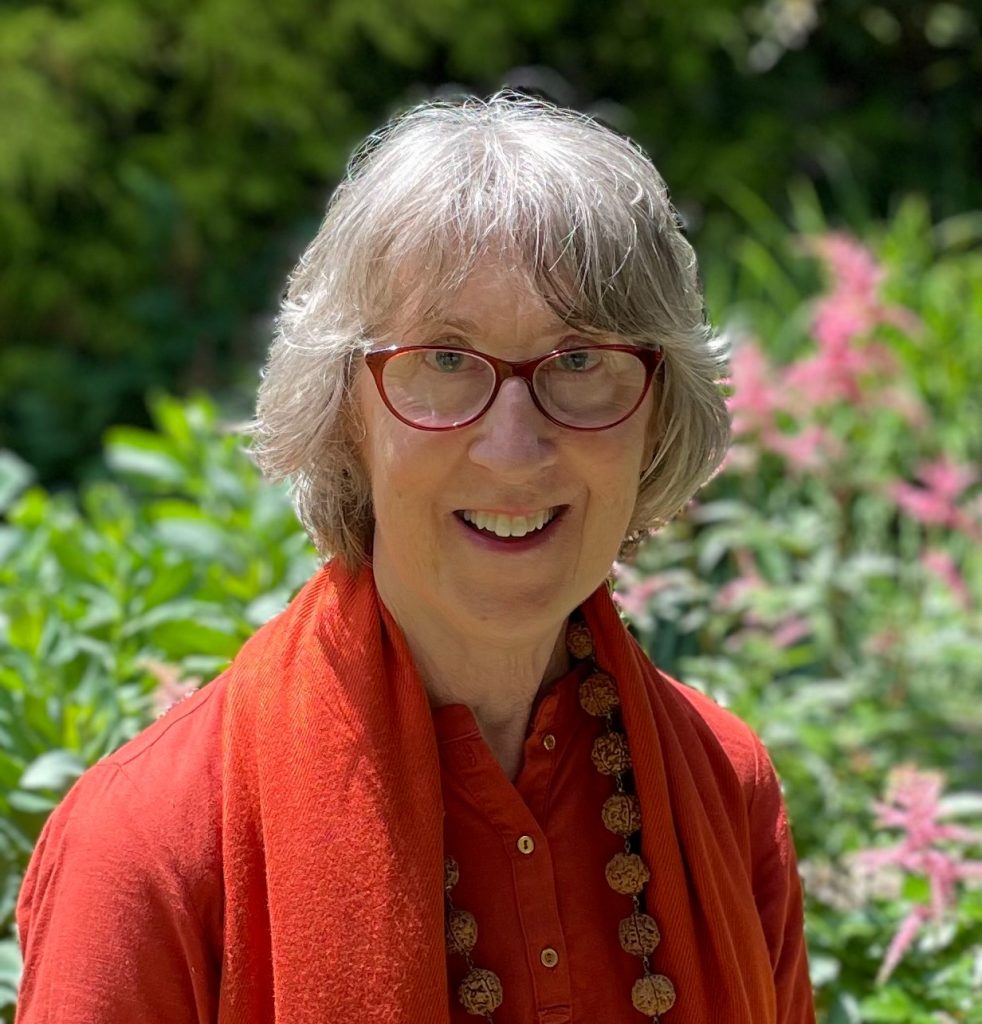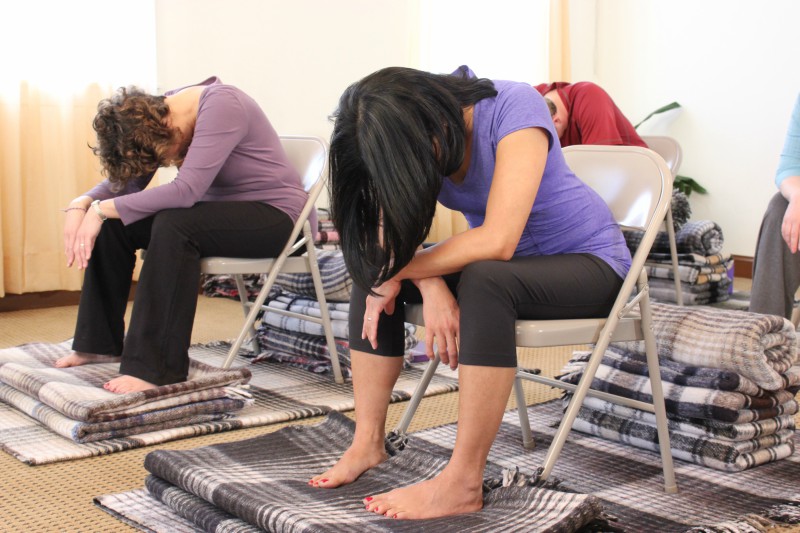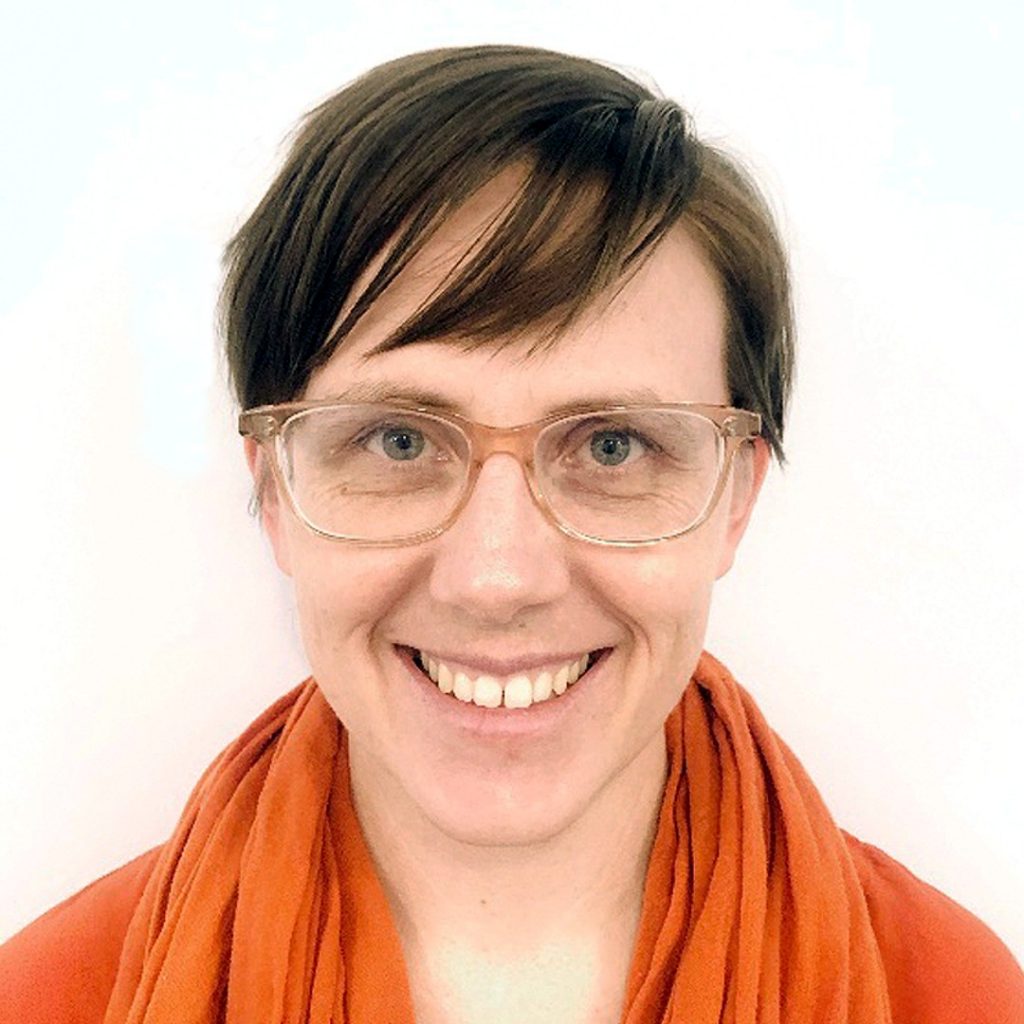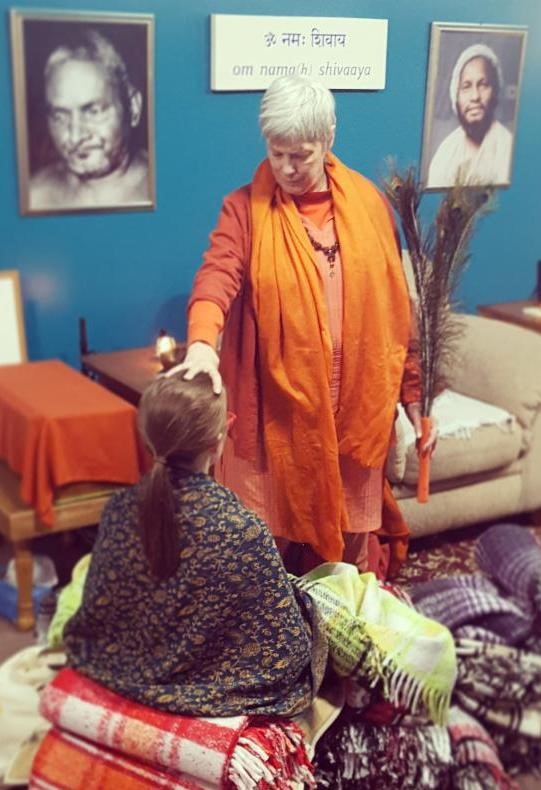By Swami Shrutananda
The Truth is your inherent nature is limitless. Limitlessness is inherent to your essence like the wet is the inherent nature of water. Water would not be water if it were not wet. In the same way, your own essential nature is limitless, unbound, and free. While this is your human potential, your current condition is that you are bound.
Gurudevi Nirmalananda describes it this way in her commentary on Divine Sutras 1.2:
J~naana.m bandha.h
Consciousness takes on limitations, binding Herself with limited knowledge, limited happiness, limited ability, limited time. This is called bondage and is caused by the not-knowingness of your own Divine. The purpose of yoga is freedom, the freedom to know and to be your own Divine Self.
Consciousness is the One, the Source, the Ultimate Reality. To become the universe and everything in it, including you and me, Consciousness takes on levels of contraction — limitation. Due to this contraction, we feel like small, limited human beings.
I see these limitations play out when I’m teaching a Yoga Pain Clinic. I love to help people with their aches and pains; they come to find out how yoga can help. Yet they have a limited idea of the true healing capacity of their own body.
They also suffer from limited happiness, especially due to their pain. They have a limited ability to conceive of what they can really do with their body and in their life. They feel they have limited time, so how can they fit yoga into their already too-busy life? Yet, if they don’t do the yoga, they will not heal. It only works if you do it.
Near the program’s end, I teach a few easy Svaroopa® yoga poses they can do at home. I know the yoga poses will help many of the conditions that participants brought in. Yet many think they cannot do what I’m teaching because of their condition. It is like they have put a plaster cast on their body with their mind. They think, “I can’t move this way. I can’t move that way.” During the Pain Clinic, the yoga poses work on their mind as well their body. This frees them from the limitations they have imposed on themselves.
A few years ago, a new yogi told me he could not get on the floor. He had had a double knee replacement. I told him that yoga could still help him. I was teaching the Svaroopa® Yoga Magic 4, to release spinal tension from tail-to-top. The first two poses are in a chair, which he could do.
The third pose, Anjaneyasana (Lunge), is done by kneeling on the floor. He restated he could not get on the floor. So I had him do a variation of the pose in his chair. The final pose was Jathara Parivrttanasana (Rotated Stomach Pose), for which you must get on the floor. I demonstrated it. Then I looked over. He was on the floor doing it!
The shackles of his mind were beginning to loosen. He was freed from the limitation of what he thought his body could not do.
This same student had already signed up for my four-hour yoga workshop later that afternoon. He asked me, “Can I do it?” I said, “Yes.” As the afternoon progressed, I watched as this student got up and down off the floor many times. Each time was quicker and easier.
By the end of class, he wanted to try Anjaneyasana (Lunge) on the floor. He tried, but the limited movement in his knees would not allow it. Yet his mind was open to the possibility. This was huge! The shackles, the limitations, which he had put on his body, were dissolved. By the end of class, his face glowed, his were eyes bigger and brighter, and his body was lighter. He was radiant!
Svaroopaâ poses and the breathing practice give you great benefits, both physical and more than physical. You may have begun yoga to heal your body or decrease its pain. You soon discover that there is a deeper essence. You discover the “you” that is more than your body and more than your mind. Yoga calls it svaroopa, your own Divine Self — limitless You.



